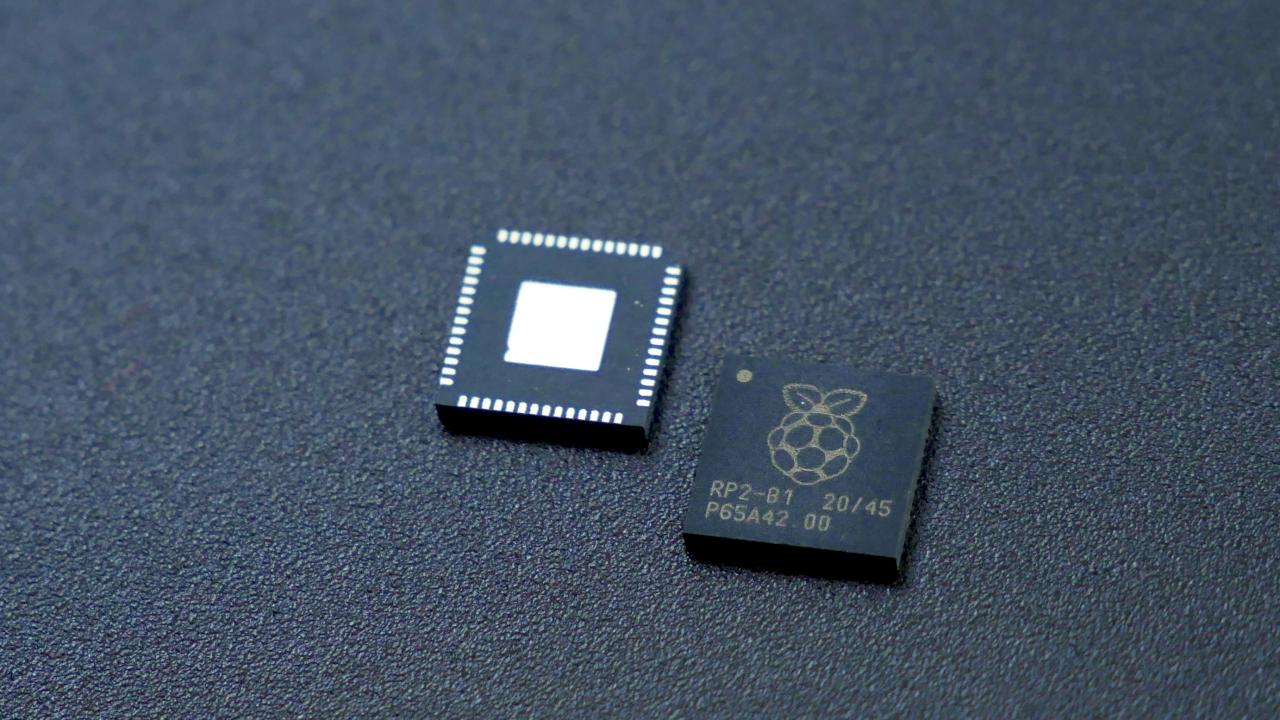
Both Central American countries have benefited from the United States' Chips and Science Act , which allocated new funds to boost semiconductor manufacturing and research.
The Vice Minister of Foreign Trade of Panama, Carlos Hoyos, held a bilateral meeting with his counterpart from Costa Rica, Indiana Trejos, where they talked about collaboration and integration between both countries, specifically in the semiconductor industry to enhance the region.
This meeting took place within the framework of the Semicon West 2024 celebration that was held at the Moscone Center in San Francisco, United States, with the aim of positioning Panama as a nerve center for the development of new opportunities in the semiconductor industry. .
Panama and Costa Rica are two of the countries that benefited from the United States Chips and Science Act , which allocated new funds to promote semiconductor manufacturing and research.
According to Vice Minister Hoyos, Panama will become a regional semiconductor hub thanks to its geographical proximity, logistical advantages and robust technological infrastructure, attracting foreign direct investment and generating well-paid jobs.
"As part of the countries that are also beneficiaries of the United States Chips Act , our country will play a crucial role in the advancement of this industry in Latin America," Hoyos highlighted.
He added that there is a firm commitment from the Panamanian government to future technological development, which will strengthen Panama's capabilities as a nation.
Costa Rica's history in the semiconductor sector dates back more than 25 years ago, when Intel established its manufacturing plant in the country, placing them on the world technology map.
This has been fundamental for the development of a national semiconductor ecosystem, which today has more than a dozen companies specialized in advanced manufacturing processes.









